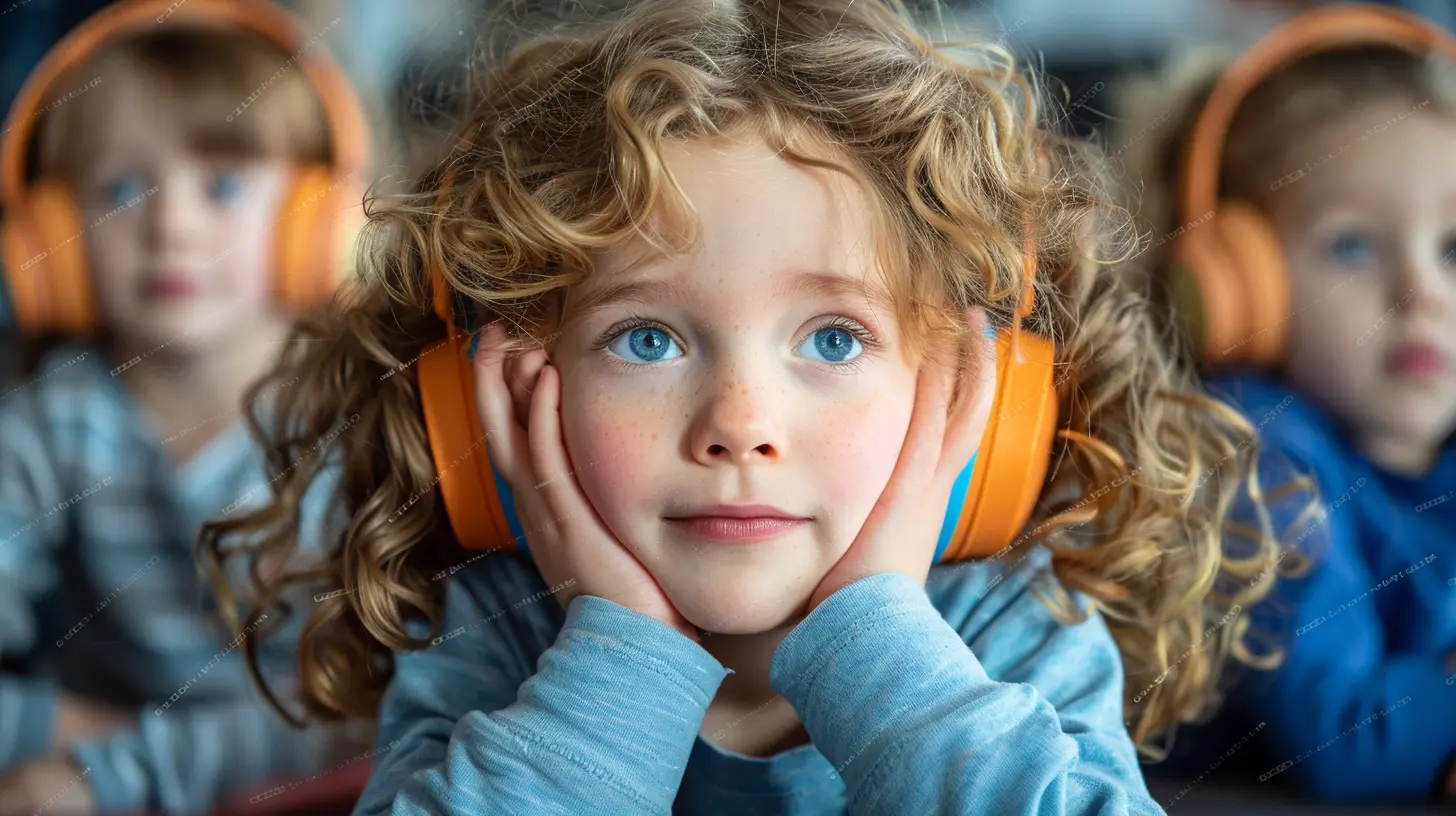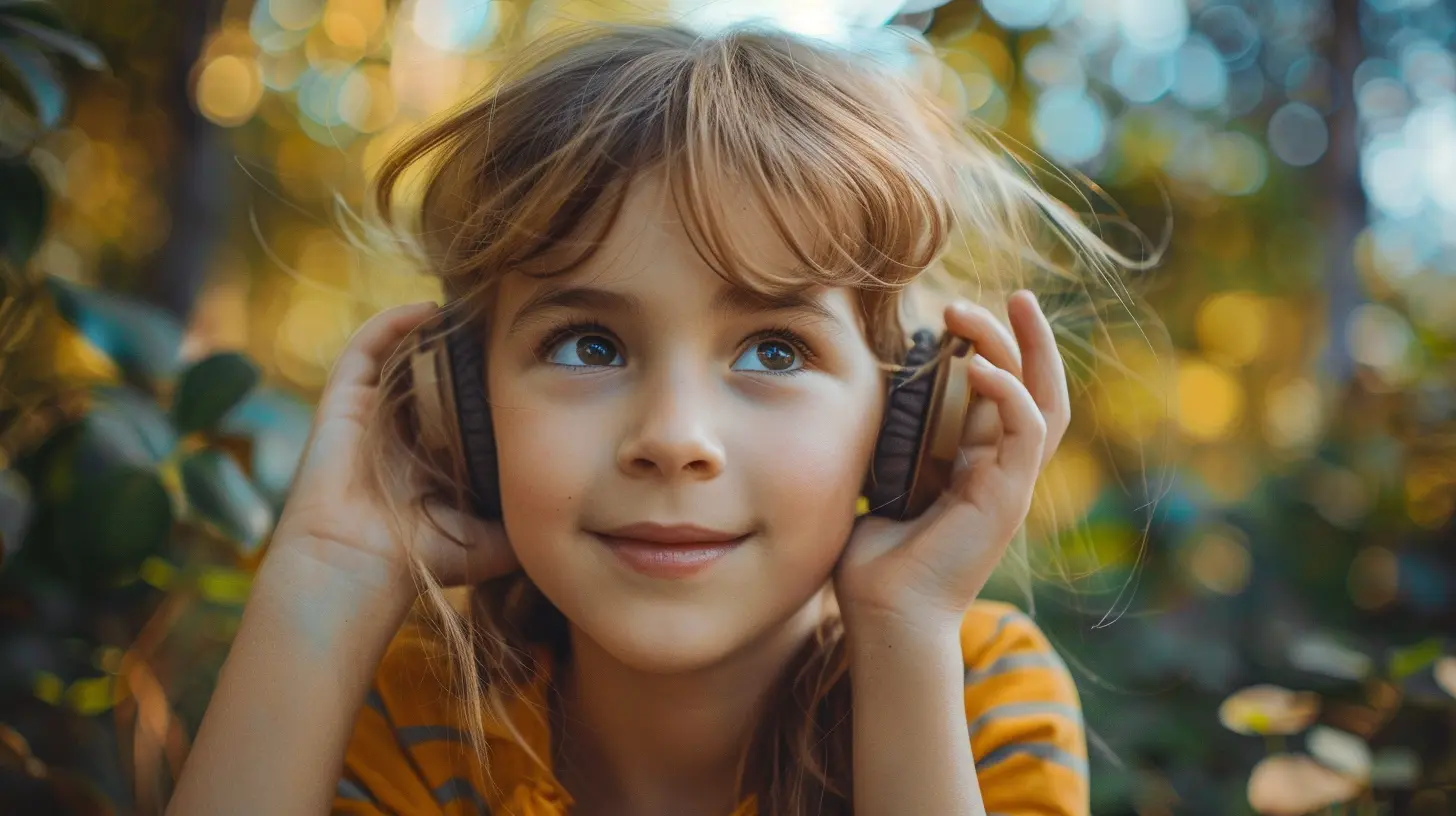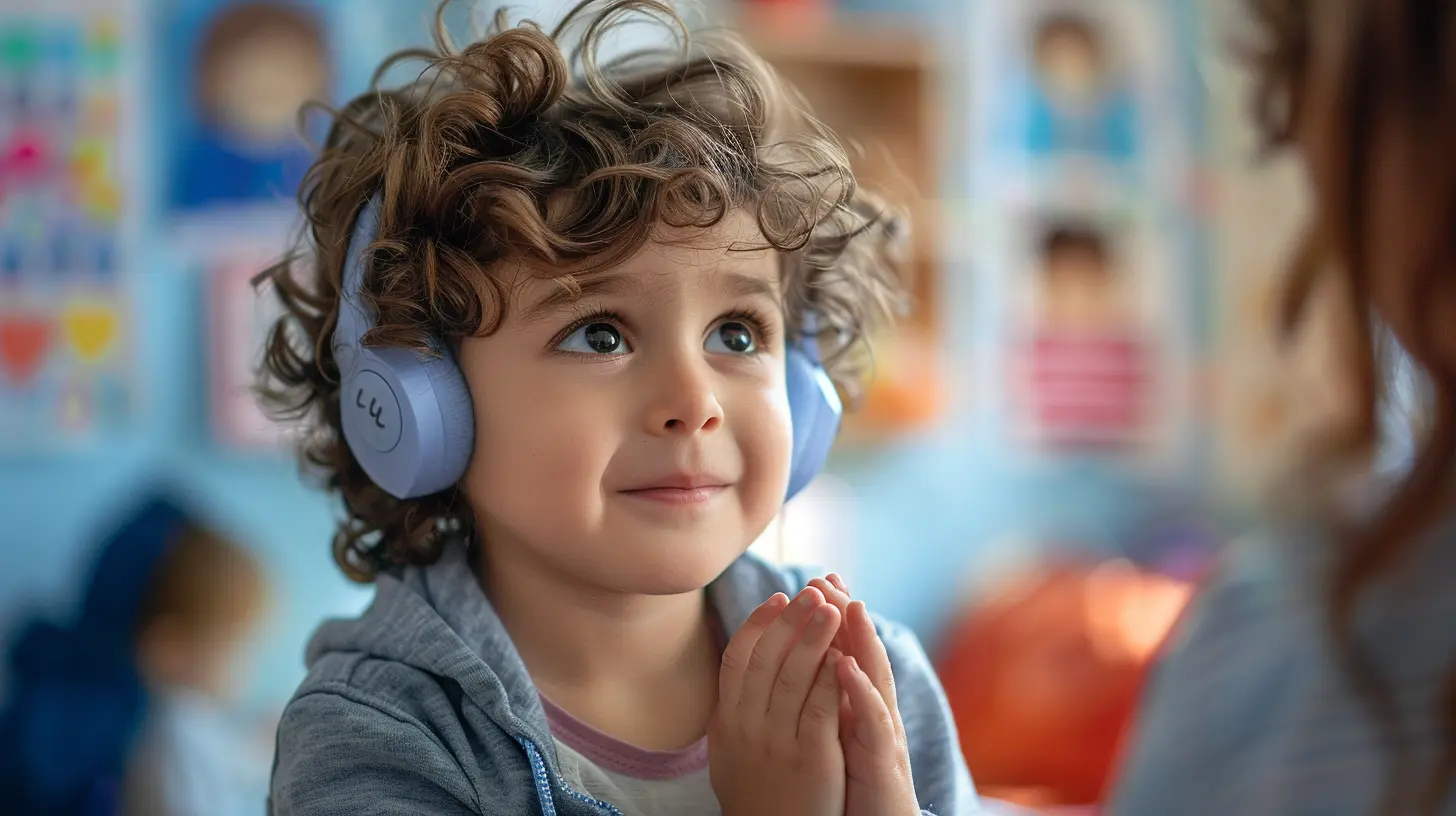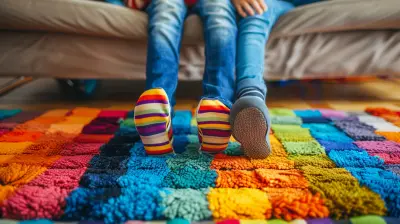How to Cultivate Strong Listening Skills in Young Learners
30 July 2025
Let’s be honest—listening is hard, even for adults. Ever caught yourself nodding while your child talks, but your brain's off thinking about dinner plans or work emails? We’ve all been there. But for kids, learning how to truly listen is even more challenging. It's not something they just pick up—it takes practice, guidance, and a sprinkle of patience from parents like us.
So, how do we help young learners sharpen their listening skills in a world filled with distractions, flashing screens, and a thousand “mom-look-at-me” moments? Don’t worry, it’s not about being perfect. It’s about being present. In this article, we’ll walk through simple, positive, real-life ways to grow those strong listening muscles and help our little ones thrive—both in and out of the classroom.
Why Listening Skills Matter So Much for Kids
Before we dive deep, let’s clarify why this even matters, shall we?Imagine trying to build a Lego castle, but no one gave you instructions... and even worse, you didn’t hear the part where they said don’t step on them barefoot. Ouch! That’s kind of what life feels like for a kid who struggles to listen. They miss important cues, feel left out of conversations, and may even fall behind in school.
Strong listening skills help children:
- Follow directions easily
- Understand lessons better
- Build stronger relationships
- Improve focus and self-control
- Communicate effectively
Basically, it’s a superpower. And unlike in superhero movies, every child can develop it—with a little help from you.
Listening Is More Than Just Hearing
Listening isn't just about ears. Nope. It’s about attention, eye contact, understanding, and responding. Think of hearing as a radio being “on”… but listening as tuning into the right station. Your little one might hear your voice, but are they really listening?True listening involves:
- Paying attention: No doodling, no chasing butterflies.
- Interpreting the message: Understanding what's actually being said.
- Responding accurately: Showing that the message was received.
And guess what? This skill starts developing way earlier than we think.
The Early Years: Laying the Foundation
1. Talk, Talk, Talk (And Then Talk Some More)
Babies are born listeners. Right from the womb, they start tuning into voices. So don’t be afraid to narrate your day! Talk about what you're doing, how you're feeling, and what’s going on around you.Example: “We’re going to get your shoes now. One for the left foot, one for the right. Look, you’re helping already!”
It may feel silly—but you’re planting seeds. This constant exposure to spoken language is a key player in developing strong listening habits.
2. Read Aloud Like a Storyteller
Books are gold mines for listening skills. When you read aloud, your child learns how to focus on words, connect sounds with meaning, and follow a story.But here’s the trick—don’t read like a robot.
Use voices. Add drama. Pause for effect. Ask questions like, “Oooh, what do you think will happen next?” This encourages them to stay engaged and actively listen.
3. Model Good Listening Behavior
Children are little mirrors. If we don’t model good listening, they probably won’t either. So, next time your child talks, really show them what being a great listener looks like:- Make eye contact
- Pause what you're doing
- Nod or say “uh-huh”
- Respond thoughtfully
By showing them respect through listening, we teach them how to offer the same to others.
Making Listening Fun (Yes, It Can Be!)
Let’s face it, kids have short attention spans. If it’s not fun, it’s not happening. But building listening skills doesn’t have to mean long lectures or boring drills. You can weave it into playtime!1. Play Listening Games
Old-school games are actually powerful learning tools. Here are a few classics:- Simon Says: Great for teaching kids to listen carefully before acting.
- Musical Chairs: Encourages quick response to auditory cues.
- Freeze Dance: Turn the music off—freeze! Perfect for quick listening reflexes.
Games like these teach kids to tune in and respond fast—and they’ll be having so much fun, they won’t even notice they’re learning.
2. Try “Whisper Messages”
You know the game where one person whispers a message to the next? Try that at home! It teaches kids to listen closely and remember what they heard—a two-for-one benefit.You can get silly with messages like “The purple puppy pizza party is starting at noon!” The goofier, the better.
3. Make Listening Part of Daily Routines
Turn daily routines into listening opportunities.Instead of saying, “Brush your teeth NOW,” try giving two-part instructions:
“First brush your teeth, then pick out your pajamas.”
See how they do. Adjust the number of steps as they grow. You’re training their brains to listen, process, and act.
Boosting Listening In the Classroom (and At Home)
Sure, home is where the heart is—but listening skills also shape how your child performs at school. The better they listen, the better they learn. Here’s how you can bridge the gap between home and classroom:1. Practice Story Retelling
After reading a book, ask your child to tell you the story in their own words. It’s a sneaky way to check how well they listened and understood.Ask questions like:
- “What happened first?”
- “Who was your favorite character?”
- “Why do you think they did that?”
You’ll be amazed at how much detail they can share when they know you’re listening too.
2. Encourage “Wait and Listen” Moments
We live in a fast-paced world. It’s tempting to interrupt or blurt out answers. Teach your child the power of pausing.Play a game where you count (silently or aloud) to three before answering questions. It helps with impulse control and gives them time to process what they’ve heard.
3. Celebrate Listening Wins
Praise your child when they demonstrate good listening.“You were really paying attention when I asked you to grab your backpack—thank you!”
Recognition helps reinforce the behavior. It makes listening feel good—and kids love feeling good!
Navigating the Tough Moments
Not every day will be perfect. Sometimes your child might completely zone out (hello, cartoons!). Don’t panic. These moments are part of the journey.1. Stay Calm, Stay Consistent
If your child isn’t listening, resist the urge to raise your voice. Instead, get down to their eye level and speak gently but firmly.Try saying, “I can tell you’re excited, but I need you to listen. Let’s try again.”
Repetition and consistency will help them understand that listening is a big deal in your home.
2. Limit Screen Time
Too much screen time can mess with attention spans. It’s like giving their listening skills a mega-nap. Set healthy boundaries with devices and carve out screen-free times where real conversation takes center stage.Dinnertime? Perfect.
Before bed? Absolutely.
3. When to Seek Help
Sometimes, poor listening might be linked to something deeper—like hearing issues, ADHD, or language delays. If you’re concerned, chat with your pediatrician or a specialist. There’s no shame in seeking support. Every child’s journey is different, and yours deserves the right tools.Final Thoughts: Listening is Love in Disguise
Helping your child become a strong listener isn’t just about school readiness or following directions—it’s about raising empathetic, thoughtful little humans who can truly hear others.When kids learn to listen, they’re also learning to respect, to understand, and to connect. And isn’t that really what the world needs more of?
Start small. Be patient. Celebrate progress. And remember—when you listen to your child, you're not just teaching them a skill... you're showing them they matter.
Big ears and even bigger hearts—that’s what we’re aiming for.
all images in this post were generated using AI tools
Category:
School ReadinessAuthor:

Noah Sawyer
Discussion
rate this article
1 comments
Hazel Jacobs
In the garden of young minds, Listening blooms like spring's first flower. With gentle words and patient hearts, We nurture growth, empowering voices, Creating harmony in each shared hour.
August 9, 2025 at 4:51 AM

Noah Sawyer
Thank you for your beautiful reflection! Listening truly is essential in nurturing young minds and fostering their growth.


